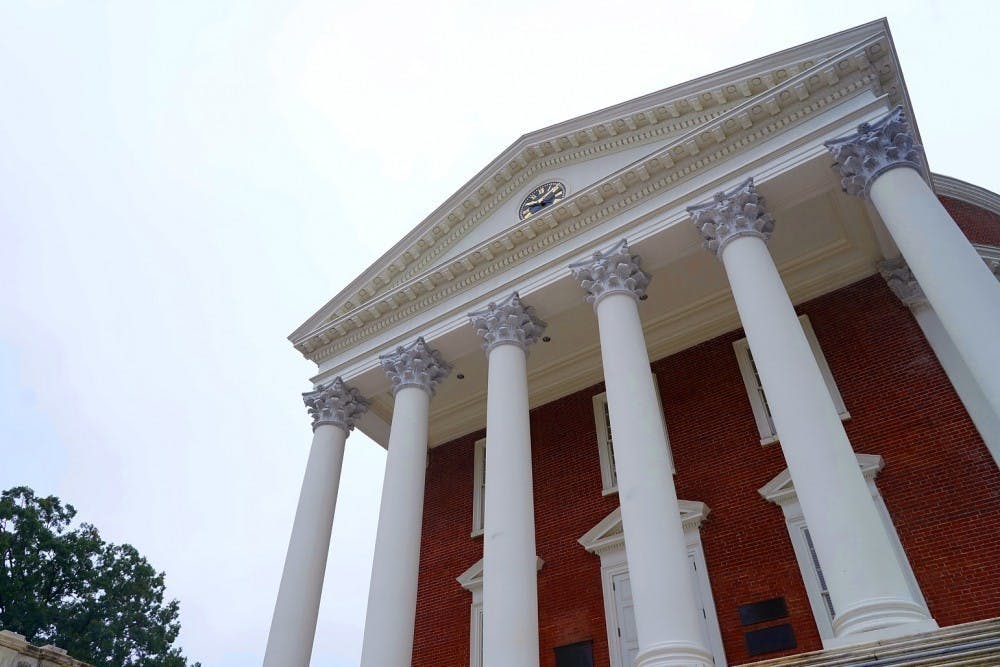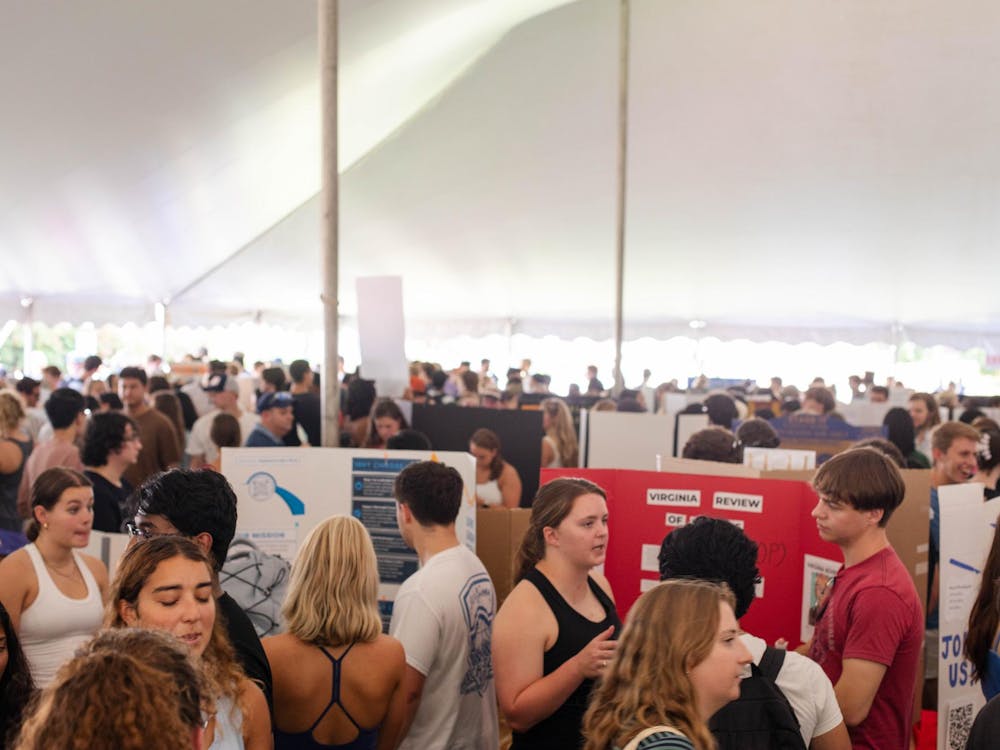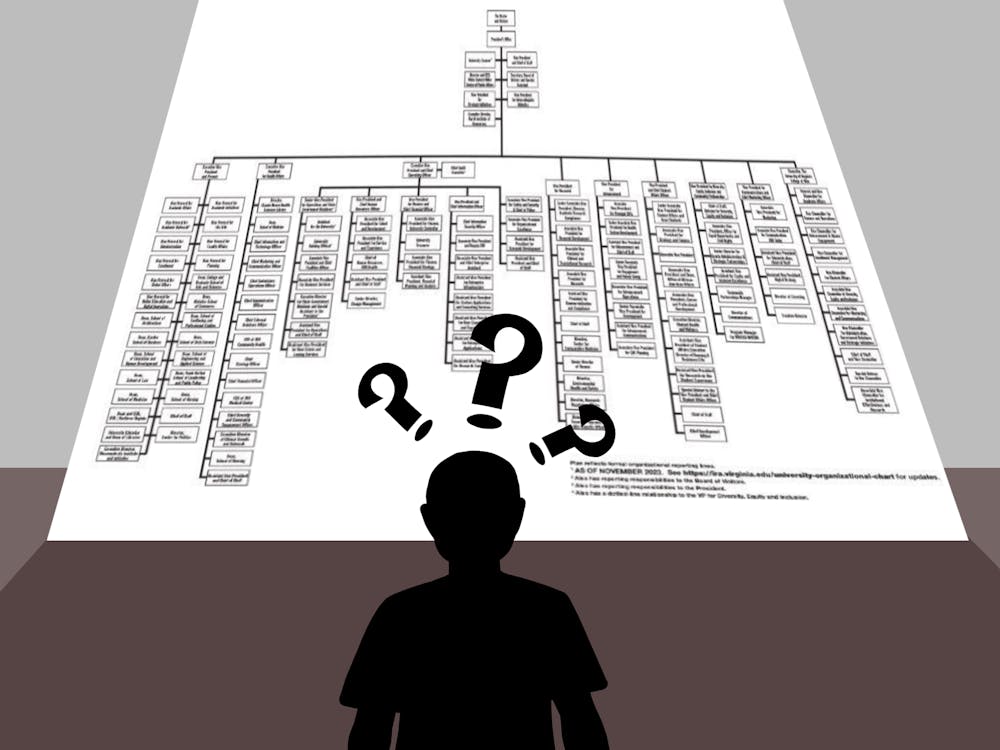This fall, within the Commonwealth of Virginia, community colleges opened their doors to students from a plethora of places and circumstances — many looking for any hopeful glimpse of a lifetime without loan debt. The Commonwealth of Virginia encourages these students. According to the State Council of Higher Education in Virginia, every person is no more than an hour away from any one community college. This is to ensure everyone has the opportunity to get to higher education in a way that suits their needs. I myself came from one of these community colleges, and since transferring to the University, I’ve found a more than welcoming community here — even going as far as to say that I consider this University home. With this appreciation, however, comes my desire to help more people like myself get here. The University has overlooked prospective community college transfer students for far too long, and should expand its resources and efforts dedicated to these students.
While the students of Virginia community colleges are as diverse as they come in respect to their race, ethnicity, income and general experience, one main throughline unites them all — only roughly 300 of them will matriculate into the University. To nail down why this is occurring, we need to tackle some specific questions about the value these students bring, where they are attending and why.
Community college transfer students bring irrefutably valuable backgrounds and perspectives to the University from their previous institutions, many of which serve minority and economically underprivileged communities. One academic summary by Northern Virginia Community College states that in the 2016-2017 academic year, 59 percent of their students belonged to a minority race. My own community college, John Tyler Chester Campus, served surrounding areas including the City of Petersburg, which is historically a minority and low-income community. When Universities welcome community college students, they are typically welcoming all the diverse sub-communities within them.
Universities like Virginia Commonwealth, George Mason and Old Dominion seem to be the magnet schools for transfer students. George Mason alone takes in around 32 percent of the transfer students exiting community colleges. Old Dominion takes in around 19 percent, and Virginia Commonwealth University finishes out the top transfer contenders with 14 percent. Maybe not coincidentally, these schools are also leading the state in diversity. The University, by comparison, only takes 3 to 4 percent.
There are two primary reasons why these students are not making the jump to the University. One is hidden in the fine print of the Guaranteed Admission Agreement. These contracts exist between every university in the state and the Virginia Community College System. For most schools, these agreements are spelled out clearly — a listed grade point average requirement, some general notes about the completion of an associate's degree and other requirements. For the University, however, that fine print matters considerably. For instance, any student who gets a C or below in any postsecondary course — or B or below in any English course — is banned from benefiting from the contract. In the University’s College of Arts & Sciences, students are still banned from utilizing the contract even if they repeat the course and get flying colors. This rule is unique, and an example of one of many restrictions that discourage prospective community college students from transferring to the University.
For the second reason, outreach makes all the difference. Universities like George Mason and VCU put considerable effort and money into establishing offices and liaisons within the campuses of Virginia's many community schools. The American Talent Initiative recognized George Mason individually for their efforts in promoting nontraditional routes in uplifting and educating the region, and attributed this success to George Mason’s efforts in outreach to community college transfers. During my time at John Tyler, I could pop by the Virginia Commonwealth University office any time, and get sound advising on course transfers and scholarship opportunities over coffee. Whenever I corresponded with the University before my acceptance letter, my emails were replied with vague, often outdated information that didn’t apply to my situation. And my requests to speak personally with a transfer advisor or other professional to answer my questions went unanswered.
Simply put, community college transfer students present a unique opportunity for the University to follow some of its proclaimed mission statements in giving diverse students a voice and a place here. Yet, it is seen far too often that some transfer students like myself face a remarkably difficult time actually getting to the University, no matter their status as an exemplary student. To remedy this problem, the University must show commitment and energy to these students in ways of communication and outreach. The University has ample resources and opportunity to become a front runner and champion for this underrepresented group, and lead more Virginia colleges in this positive direction. Ultimately, if a student can fight through the barriers and stigma community college students face continuously in their pursuit of education, they have the fighting spirit to be a Cavalier.
Oliver Lesher is a Viewpoint Writer for The Cavalier Daily. He can be reached at opinion@cavalierdaily.com.
The opinions expressed in this column are not necessarily those of The Cavalier Daily. Columns represent the views of the authors alone.





